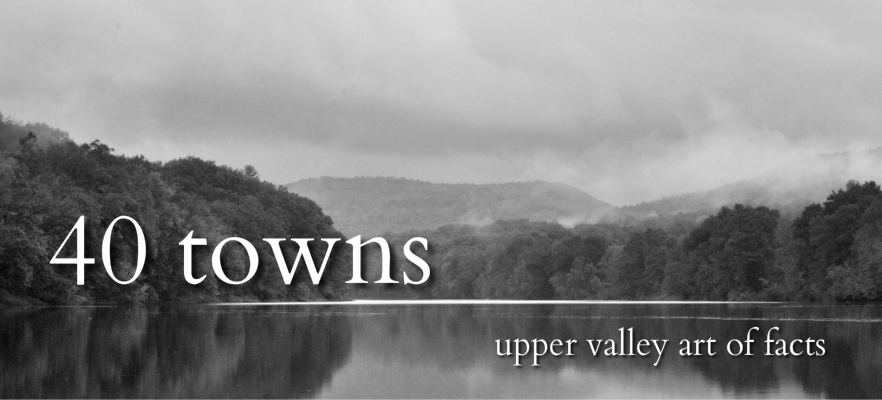One of Ten Things
|
[2]: "For many, a one-month
detox program, no matter how expensive, will end in relapse. It’s just not
enough. The stats are hard to find online. One site tells you a 10-15% relapse post-rehab. Another will give you the same figures for success..."
[3]: "I offered Travis the radio, but he said he didn't know the stations. He never took his discs of Nirvana out the speaker. He referred to himself, perfectly serious, as a Nirvana addict..."
[4]: A familiar answer. The Kid: "I can't tell you. Secret CIA stuff..."
[5] "Huck Finn in his rambles now makes a comment about blue baggies somewhere up The Kid's ass. The Kid snaps his head and glares, chin out, in a moment so silently observed it almost didn't happen..."
[6] To Lisa, he's Eric. To Sarah, Huck Finn.
[7] "Gord, with his permanently skewed eye..."
[8] "Huck Finn and The Kid were panhandling to the right of Nectar's on Main Street in Burlington at ten one night. The sign, lettered in red neon, rotated above them: LOUNGE Nectar's RESTAURANT..."
[9] "After we greeted them, asked if we could hang with them for the night, Lisa sat down with Huck on a single low step and I was left with The Kid..."
[10] ""I need to go to that bridge in Winooski. Just a ten minute drive from here. You know, I could really use a ride...""
[11] "Narcan, the brand name of naloxone, can be used in the event of overdose to help prevent death and minimize brain damage..."
[12] "Anna is twenty and lives in Vermont. When we first met her, she was in furlough housing, six weeks out of jail, just off the bracelet..."
|
